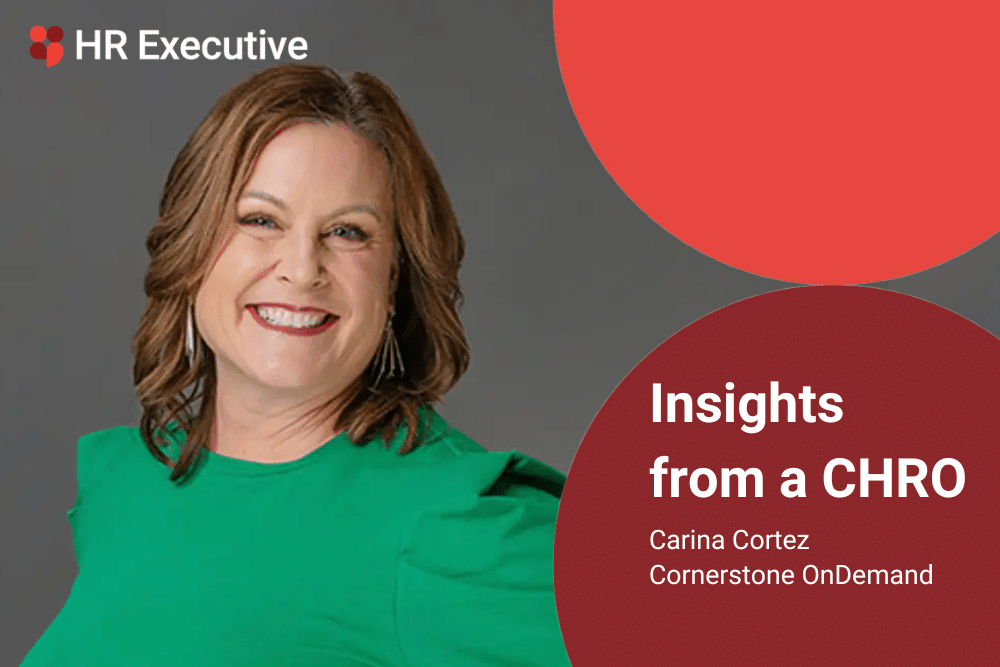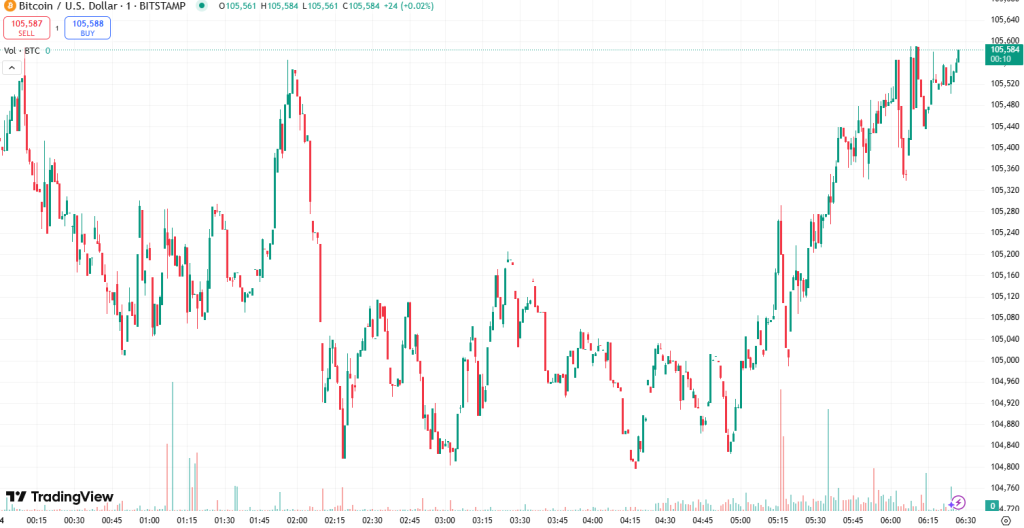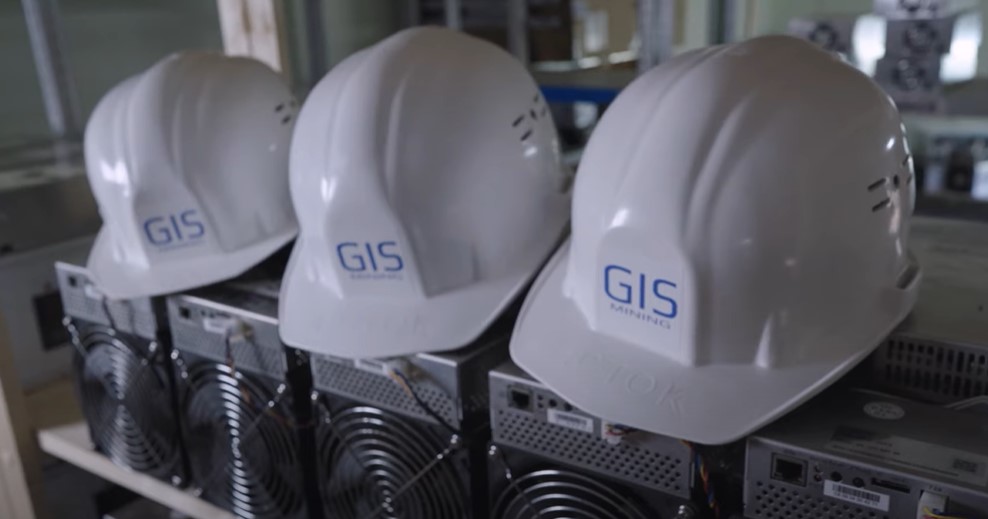As a proven driver of productivity, job satisfaction and retention, employee engagement remains one of the areas where HR has the highest expectations—yet often where wins are the most elusive. Especially in the last few years, as the post-pandemic world of work ushered in the Great Resignation and successors like the Great Detachment, HR leaders are continuously challenged to unlock the keys to strengthening and sustaining employee engagement, says Carina Cortez, chief people officer of Cornerstone OnDemand.
For Cortez—who joined the AI-powered talent management platform provider in 2022 after helming HR at Glassdoor and previously holding HR leadership positions at companies including Ellie Mae, Walmart, PayPal and Visa—the secret to employee engagement success is two-fold. HR functions must be laser-focused on employee skills development while ensuring the organization is effectively leveraging technology to connect employees to their work and purpose.
Both aims are core to Cornerstone’s customer value proposition—creating a unique opportunity for so-called “Cornerstars” to be the organization’s first customers, with HR considering itself “customer zero” for product offerings. Cortez says that’s been an exciting function for people teams—overseeing 4,000 employees in 26 countries—as the organization expanded from a learning management system to its current AI-supported focus on the entire talent management continuum.
Cortez spoke with HR Executive about what HR leaders can do to invest in skills and tech today to safeguard the future of employee engagement.
Cortez: We talk about the Great Detachment in different ways over different periods of time. For me, it’s people feeling stagnant in their careers and not feeling invested. At this time, I think there are also limited opportunities externally for them to move to different roles, but they’re not feeling invested in by their current organization.
As I look back through my own career, the No. 1 reason I see from exit interviews or even in engagement surveys about why people are not feeling engaged or leaving the company is usually about career development. One thing employers can do is keep investing in skills development. It can increase engagement, give people something tangible to work toward in their careers. Offering employees the opportunity to develop skills and learn new ones is going to reengage them in the work they’re doing, and that will ultimately contribute to overall business success.
HR Executive: What role do you see for mentorship in this skills development conversation?
Cortez: Prioritizing new opportunities like talent development and upskilling, especially with these younger generations, is going to be mission-critical to the long-term success and growth of an organization. I think there is this element of reverse mentoring as well that’s going to be helpful. There’s an opportunity with the younger workforce coming in for [generations] to learn from each other. There’s knowledge sharing that needs to happen.
As older workforces are starting to retire, that “silver tsunami” is happening. Time has afforded them a wealth of skills and experience that have really become invaluable for the companies they’ve worked for. We need them to help pass down those skills.
That’s why helping to map skills across an organization against all their roles is really important to fill those gaps. This can help identify mentoring opportunities or individual development plans for those younger employees.
HR Executive: How are you putting this into action at Cornerstone?
Cortez: One of the things we have really invested in is our Cornerstar Resource Groups—[known as] employee resource groups at other organizations. I’m a sponsor for our Unidos CRG, which is for Hispanic, Latinx, and we open those up to the entire company. We are talking about doing more around mentoring this year because it can be difficult for people from this background to ask for help. We’re trying to make it less of a taboo topic for them. We’re doing a session next month with a panel of individuals who have received mentoring and asked for help.
As part of my role as the executive sponsor for the group, I’m actually going to volunteer to mentor individuals within the Unidos community. I and many of the individuals within the senior ranks here at Cornerstone have done a lot of informal mentoring. A lot of us have benefited over our careers from having informal mentors, and we do this as a way to pay it forward. I’m also almost done with my master’s in diversity, equity, inclusion and justice at Tufts University, and a focus of what I’m working through is how formal mentoring programs can help an organization, particularly for underrepresented groups.
HR Executive: How different do modern employee engagement strategies need to be compared to pre-pandemic?
Cortez: I think it has a lot to do with the types of platforms and tools that are being used and what resonates with different groups. Gen Z [employees] are digital natives; they’re very tech-savvy and really value efficiency. Making sure that technology is integrated into all of our processes, especially from an HR perspective, is essential. But you have to strike that balance—automation and still having human intervention. You can’t always replace you.
HR Executive: What are the tools you’re finding that employees are responding to?
Cortez: Extended reality is a really cool thing in terms of innovation. It’s created a really authentic environment for employees to progress in their careers and also achieve their goals from an engagement perspective. At Cornerstone, we’ve created a metaverse environment as a way for our employees to engage with one another. About a year ago, we were launching our new employee value proposition with a new category of workforce agility, and we wanted everyone to have a similar experience [learning about this]—but we weren’t going to bring almost 4,000 employees together to one place.
So, we put an experience together in the metaverse. We recorded videos by leaders, and we were able to “transport” employees to this metaverse. We put together an expo hall where they could learn about different parts of the new employee value proposition and had booths set up to visit and learn about the Cornerstar Resource Groups. It gave them a virtual experience where they were also able to interact with one another through an avatar. You could even go into a room and have a dance party.
As a result of that, we actually improved our engagement score on connection to our purpose as a company, which was the intended outcome of this. And afterwards, people did ask to have team meetings in there because they found it to be a fun experience, and they even used it just as a chat room to sit with each other virtually—versus just talking through a Teams meeting. Fast-forward a year, and for our 25th year celebration, we’re using this as a way for people to reengage and to tell the story of Cornerstone over the 25 years.
HR Executive: As you measure employee engagement, how does employee feedback inform organizational changes?
Cortez: We definitely use an employee engagement survey, and oftentimes, the verbatim comments are the most valuable to us. Then we’ll do focus groups as well. The important thing is to always talk about what we’re doing and then keep communicating, “We’ve done these things as a result of the feedback that we’ve received from our employees.” A multi-modal approach is important as well: It’s not just an e-mail that goes out or the leader saying it in an all-hands. We may send information through a video that I record and send out to the entire organization. We’ve put together an employee engagement playbook for leaders to have access to. We’ve created a conversation guide, an FAQ sheet. We’re trying to hit everyone’s type of learning.
We also remind employees throughout different points of the year: “Here are the things we’ve been doing,” or if we launch something that was a result of feedback, we remind them that we did this because of what they told us. We had previously been doing our survey twice a year, and now we’re going to be doing that three times a year.
HR Executive: How has Cornerstone’s place in the HR technology space influenced what it means to you to be an HR leader today?
Cortez: I think the coolest thing for me about being at Cornerstone and in the HR tech space is the ability to be what we call “customer zero.” When I first joined, our product and tech teams would just throw everything over to us and say, “Here, try this out and implement it.” Over time, we’ve been partnering much more heavily and making sure that whatever we’re implementing for our Cornerstars actually jives with what our overall strategy is and treating them like actual customers. We’re also making sure they understand what our strategy is, and that we’re able to give feedback on these products.
As an example, internally, we implemented our talent marketplace about 18 months ago. We got everyone to use it and there was a huge spike and then it just dropped because there wasn’t anything behind it. We relaunched it, and we now have everything behind it so people can see their career path, the paths they can take; if I wanted to go into marketing or customer service, I can see what that looks like and I can tie that into my check-ins with my manager, into my development conversations, see who can be a mentor to me. It’s the full gamut.
Being that customer zero and really making sure that it works in the right way is helpful, as we go out to sell or see how it all works together. It’s been a lot of fun being in that role and playing customer in these different ways.
Credit: Source link











